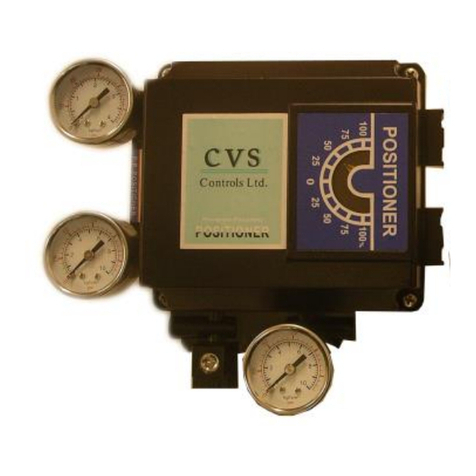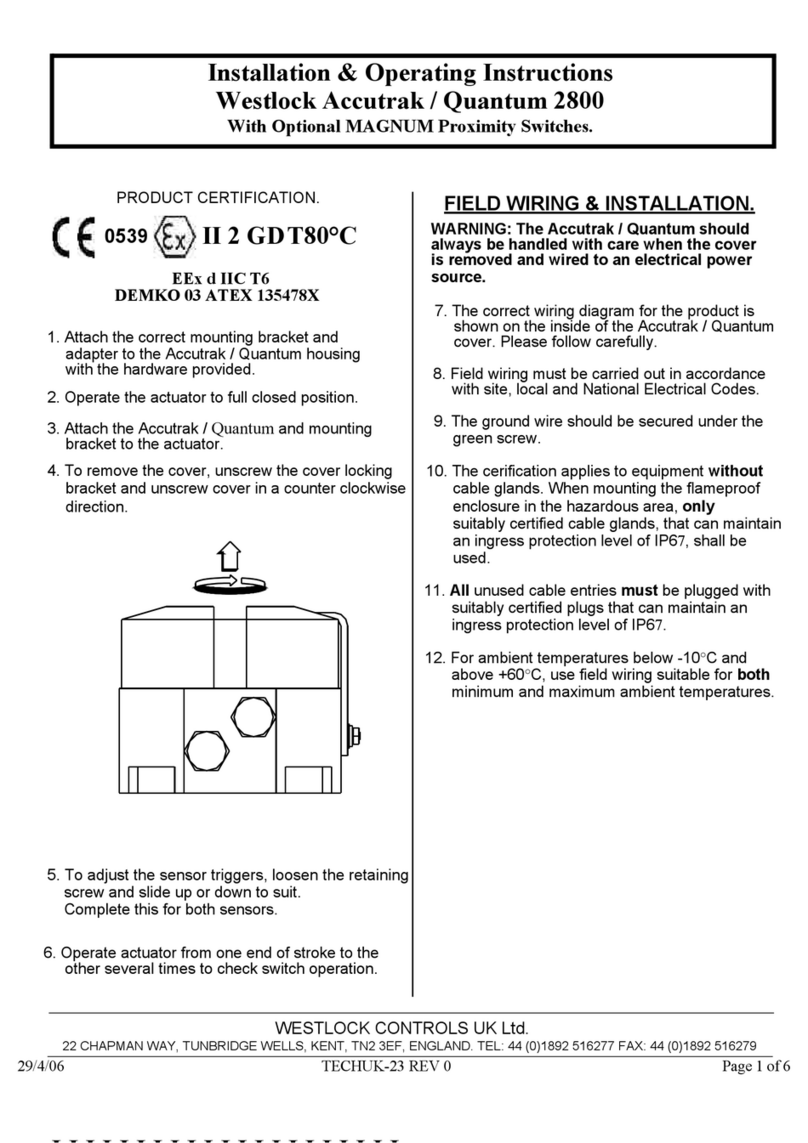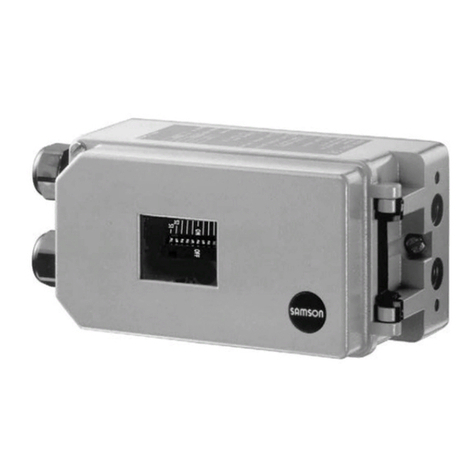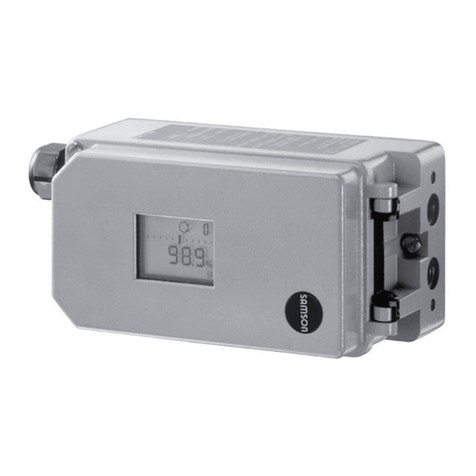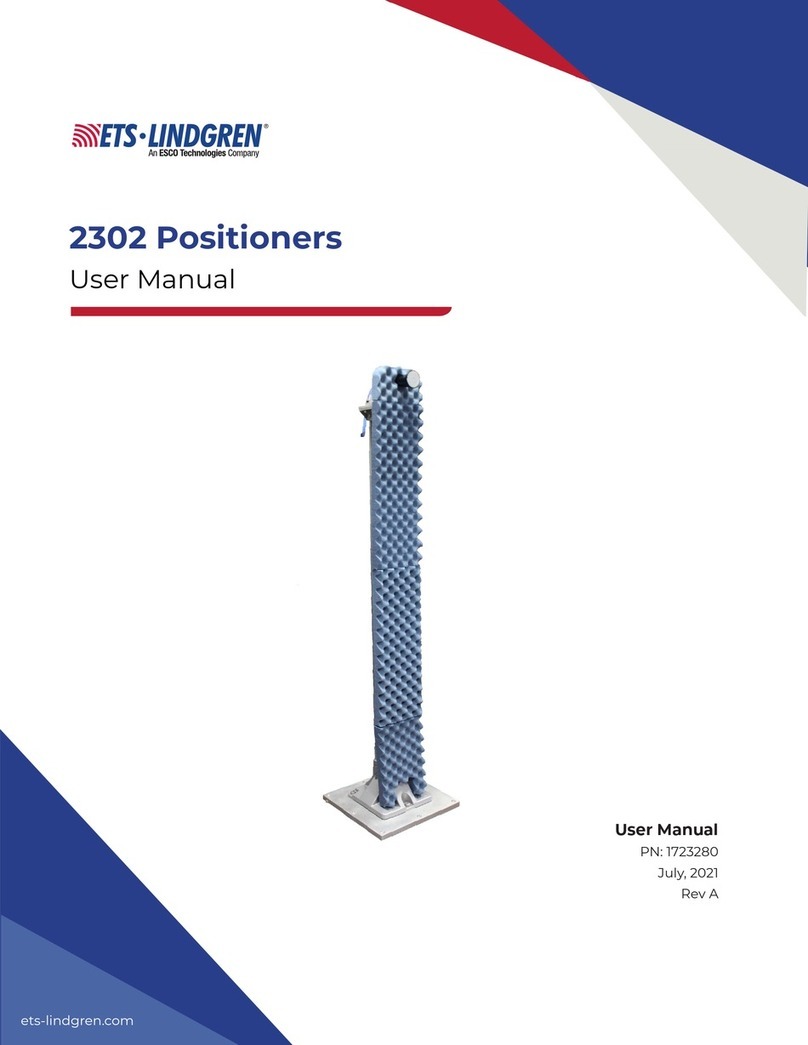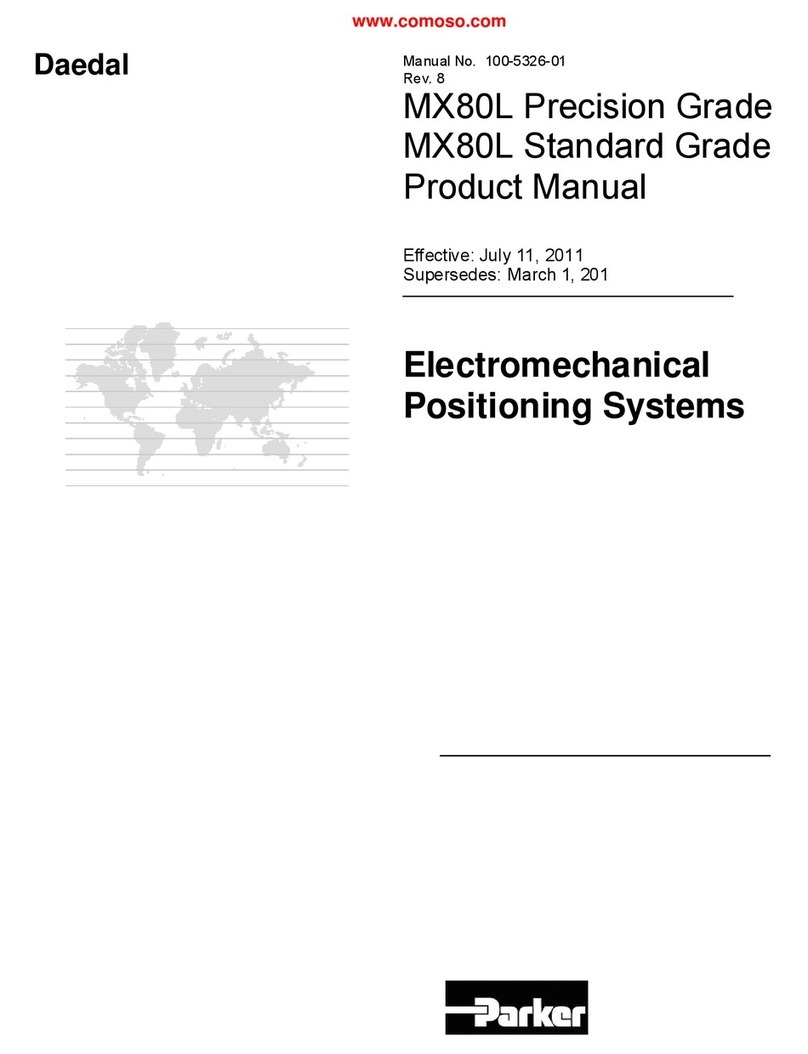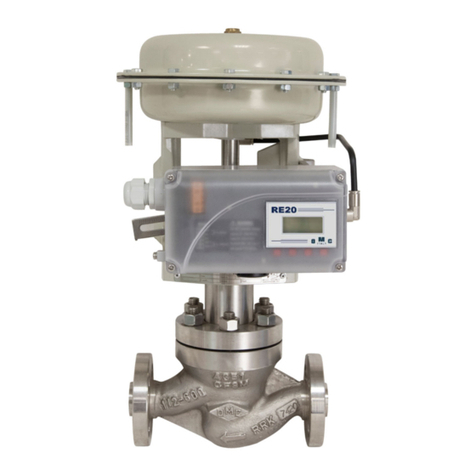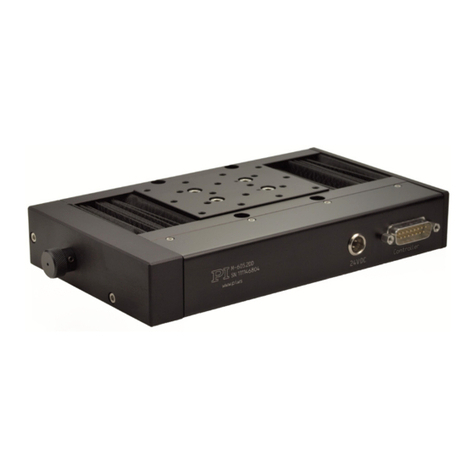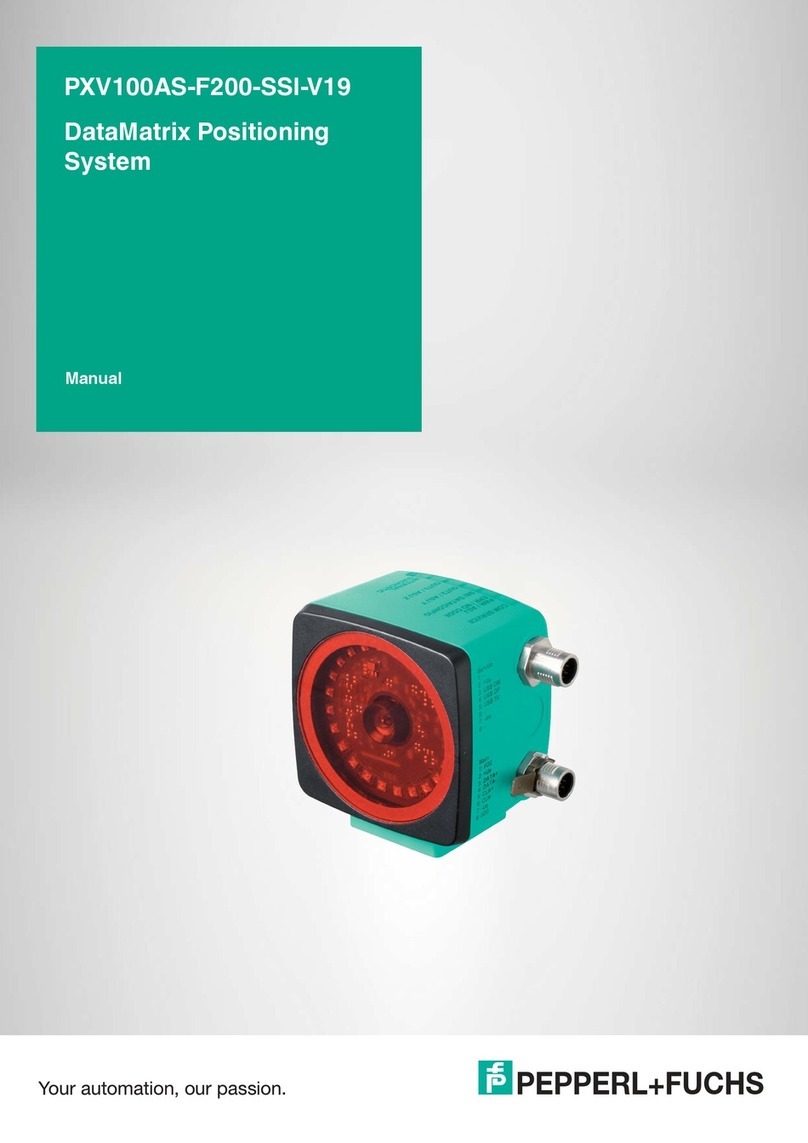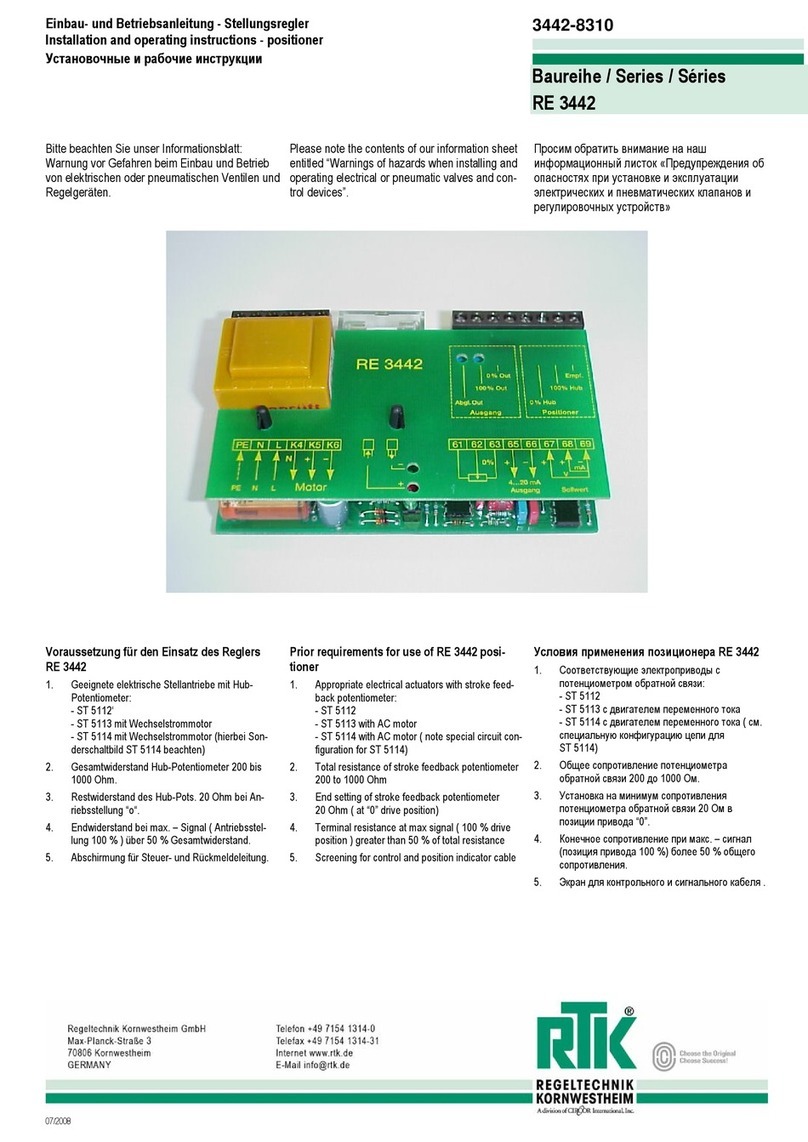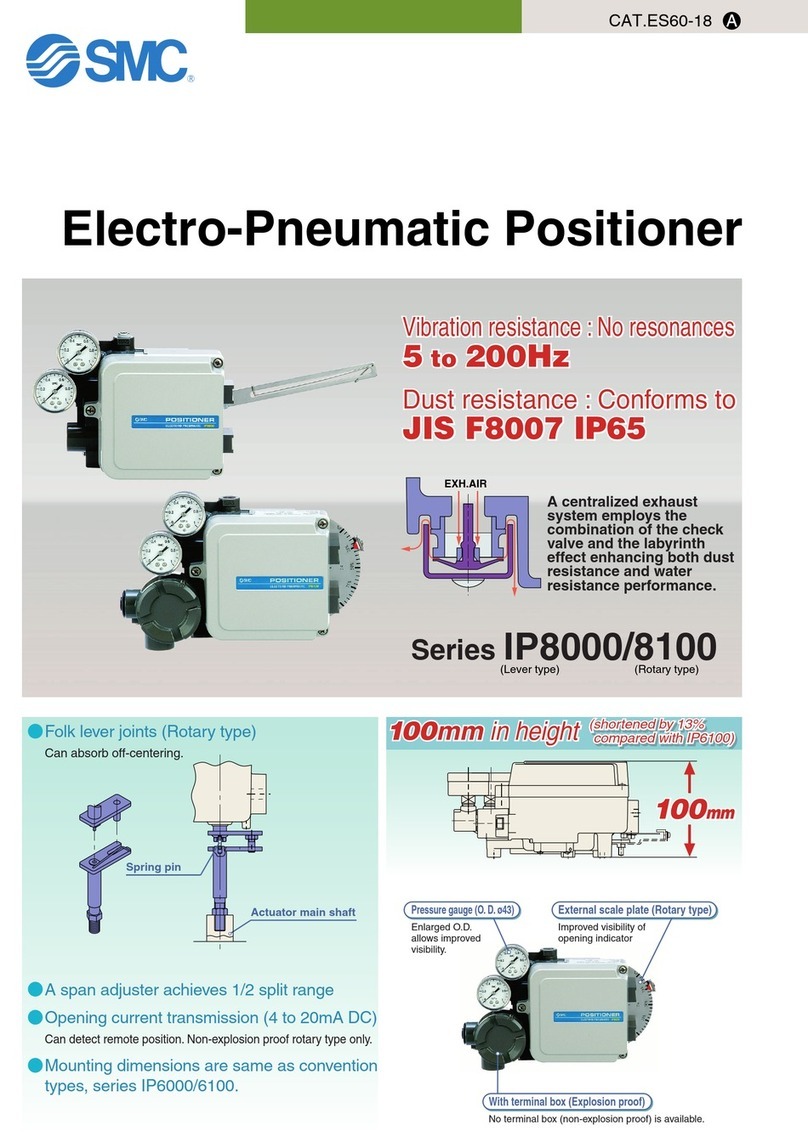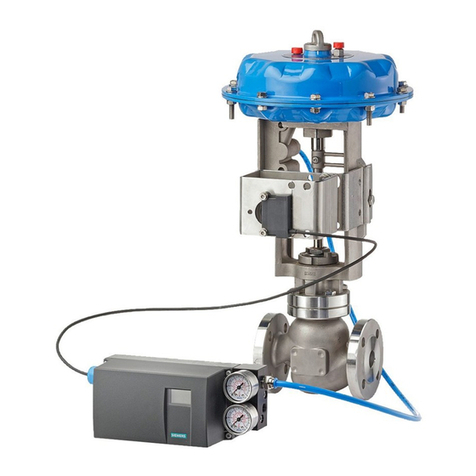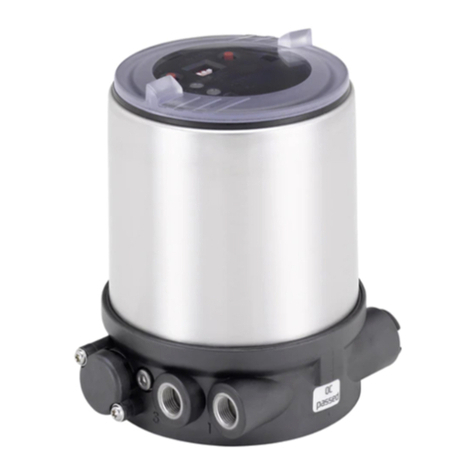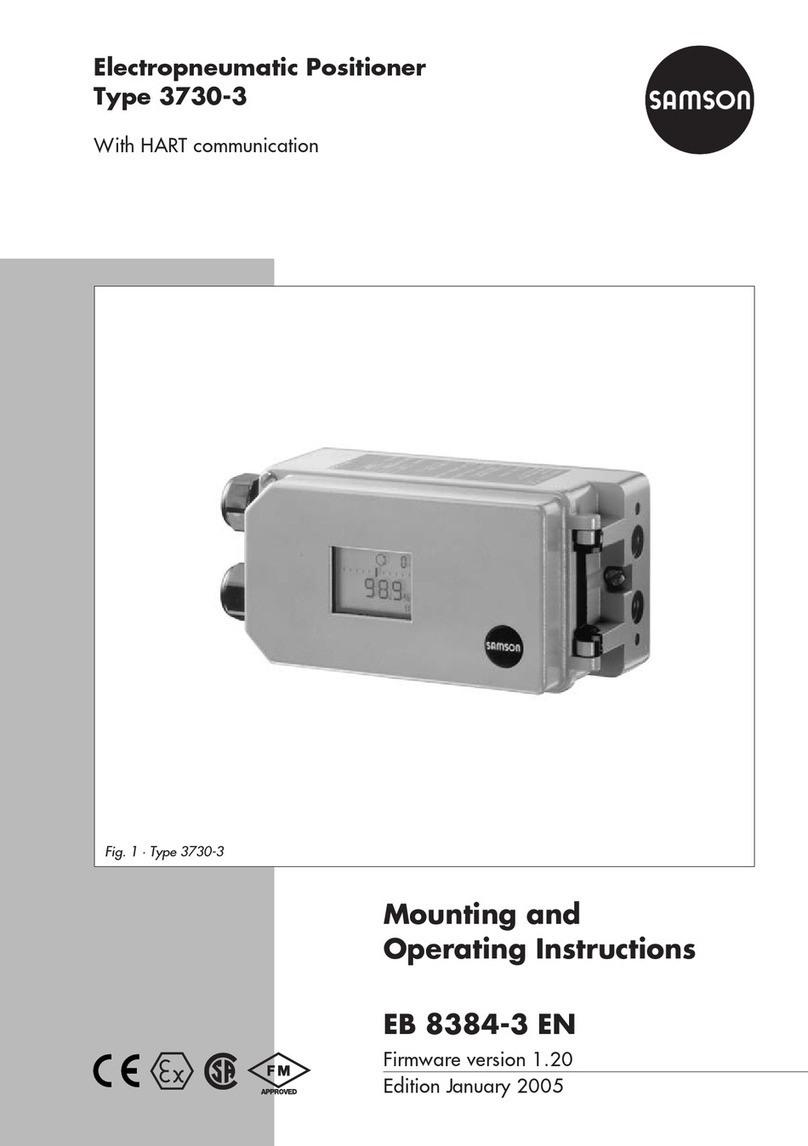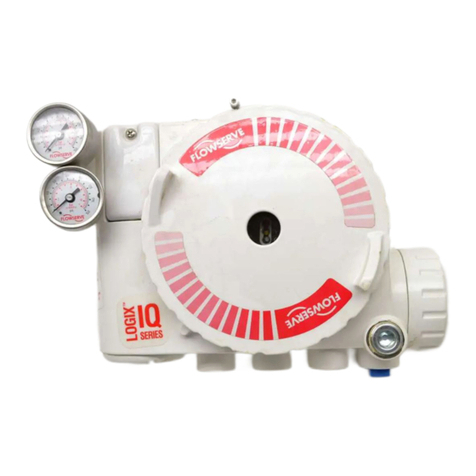
Pag. 10
1. Controllare che tutti i collegamenti siano corretti.
2. Alimentare il posizionatore.
N.B. Il posizionatore viene fornito per la rotazione in
senso antiorario. Per invertire il senso di rotazione è
sufficente seguire la procedura descritta al paragrafo
10.
3. Inviare un segnale di 3 psi o 4 mA al posizionatore e
agire sulla vite di zero (Fig. 7) sino a far partire la
valvola.
4. Girare la vite di zero, molto lentamente, in senso
contrario sino a portare la valvola in posizione di inizio
corsa.
5. Inviare un segnale di 15 psi o 20 mA al posizionatore
e verificare l'apertura della valvola.
6. Se la corsa della valvola non corrisponde a quella
desiderata, allentare il dado "1" e agire sulla vite
di correzione campo. Ruotare la vite in senso orario per
aumentare il campo e in senso opposto per diminuirlo.
Durante questa operazione tenere presente che ogni
rotazione completa della vite, corrisponde a circa 2° di
rotazione della valvola. Serrare il dado "1".
7. Inviare un segnale di 3 psi o 4 mA al posizionatore e
ripetere la correzione di zero.
8. Inviare un segnale di 15 psi o 20 mA al posizionatore
e verificare l'apertura della valvola. Se necessario
ripetere le operazioni da 6 a 7 sino al conseguimento
dei valori desiderati.
1. Check the piping connections
2. Feed the positioner.
Note: The positioner is suplied with anticlockwise
rotation as standard. To reverse the way of rotation
follows the procedure on item 10.
3. Senda3psior4mAsignaltothepositioner
reaching the actuator starting point, by shifting the zero
adjustment screw (Fig.7)
4. Turn slightly the screw (Fig. 7) to the opposite
direction until the actuator is come back to the starting
position.
5. Send a 15 psi or 20mA signal to the positioner and
check the valve opening.
6. In case of the valve stroke is still incorrect, then
release the screw nut "1" and turn the span
adjustment screw (Fig. 7). Turn that screw on
clockwise direction to increase the span or
anticlockwise to reduce it. During the operation mind
that any complete turn of screw means about 2° of
valve rotation angle. Now lock the nut "1".
7. Repeatthezeroadjustmentstillsendinga3psior
4mA signal to the positioner.
8. Send again a 15 psi or 20mA signal to the positioner
and check the valve opening.
If necessary, repeat the operation of items 6 and7 until
the right calibration is reached.
CORREZIONE CAMPO
SPAN ADJUSTMENT
1
Fig. 7 (R99E)
7. MESSA IN FUNZIONE 7. COMMISSIONING
A
B
CORREZIONE ZERO
ZERO ADJUSTMENT
CONNESSIONI ELETTRICHE 4÷20mA
ELECTRICAL CONNECTIONS 4÷20mA
